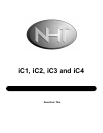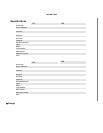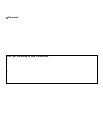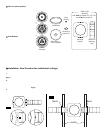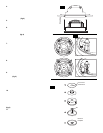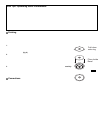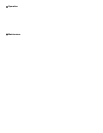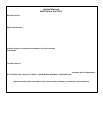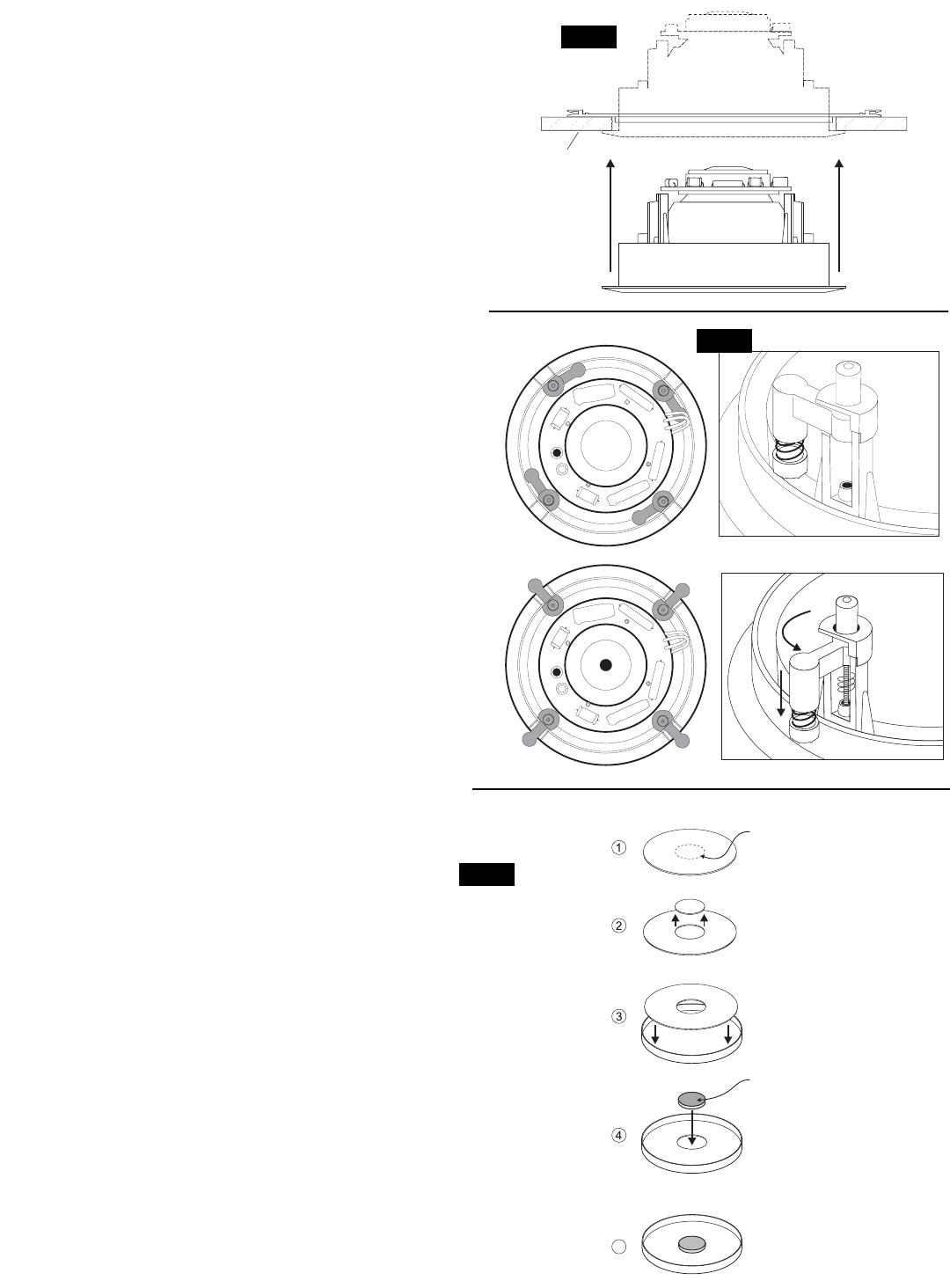
4. During the drywall phase, cut a hole around the bracket so
that the drywall surrounds the protruding lip of the mounting
bracket (iCB6 = 8 13/16” Dia., iCB8 = 10 1/4” Dia.). Once
installed, the lip of the speaker assembly will extend about 1/2
inch beyond the perimeter of the cutout to hide minor imper-
fections in the cutout (fig.3).
5. After the drywall is complete, connect the speaker wire to the
spring posts on the back of the speaker assembly, making sure
to observe correct polarity (see “Connections”).
6. The speaker assembly attaches to the bracket via four plas-
tic mounting clamps on the back of the speaker assembly that
swivel to “sandwich” the drywall between the speaker assem-
bly and the clamps (fig.4). First rotate the mounting clamps
inward so that the body of the speaker assembly can slide
through the mounting bracket. Exercise caution not to damage
the drivers.
7. Tighten the screws snugly, making sure to not over tighten,
as this may compromise the fit of the speaker assembly. The
use of power screwdrivers is not recommended. The gasket on
the drywall side of the speaker assembly lip reduces unwanted
vibrations against the drywall and will compress slightly to allow
the speaker assembly lip to rest flush against the ceiling. The
spring loaded mounting clamps provide tension once installed.
8. If the exposed area of the speaker assembly and grille are
to be painted after it’s mounted to the ceiling, install the paint
shield to protect the driver from overspray (see “Painting”).
Once painting is complete, remove the paint shield and set it
aside for use in Step #9.
9. The NHT in-ceiling speakers use an absorptive foam pad
(except the iC1) on the inside of the grille to shape the sound
radiation (fig.5). There is a circular section in the center of the
paint shield that serves as a template for attaching it. Punch
out the perforated circle. Place the paint shield (minus the cir-
cular section) on the inside of the metal grille, remove the
backer from the adhesive dot and attach the absorptive pad
onto the inside of the grille through the circular cutout.
10. A strip of butyl rubber is provided with this product.
Application of butyl rubber is not required, but can be used to
provide additional security when mounting the grill in place.
Cut a 1/4” long piece of butyl rubber from the end of the roll pro-
vided. Peel off the paper covering and roll the rubber between
your fingers until it makes a small cylinder. Make three of these
cylinders and place them in the groove before installing the grill
(fig.6).
11. Attach the metal grille by inserting it into the grooves in the
speaker assembly.
Drywall
fig.3
fig.4
Cut around
perforations
Remove
template
5
fig.5



